Search
Search Results
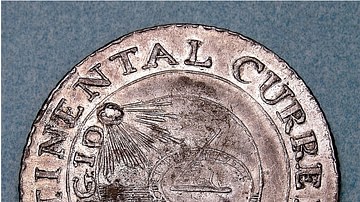
Article
Colonial American Currency
Colonial American currency was a work in progress from the time of the earliest English settlements of the 1600s until the United States of America minted its own money in 1783. The monetary system was far from standardized, and trade within...
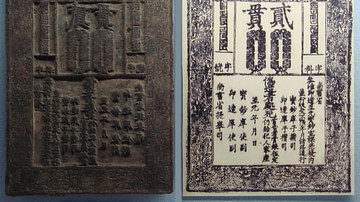
Image
Yuan Dynasty Bank Note & Plate
A 13th century CE wooden printing plate and paper bank note from the Chinese Yuan dynasty (1271-1368 CE). (Tokyo Currency Museum)
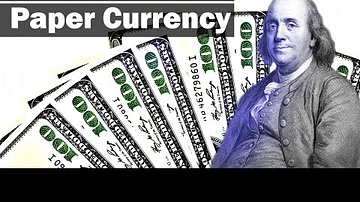
Video
America's First Paper Currency: The History of Money, America
Where did paper money come from? Despite it seeming like a modern invention, its origins go back to Ancient China. And, despite it now being hard to think of a world without paper money, in 1968, Americans could still redeem their U.S. bills...

Image
Silver Continental Dollar, 1776
A silver Continental dollar minted in 1776. This currency is thought to have been designed by Benjamin Franklin and minted by Elisha Gallaudet at a private mint in Freehold, New Jersey. This early run of coins was produced for approval by...
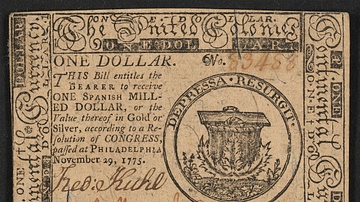
Image
Eight-Dollar Continental Bill, 1775
An eight-dollar bill minted by the Continental Congress in 1775. Collection of the Baker Library, Harvard Business School.
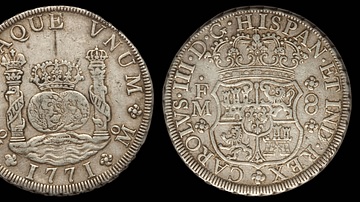
Image
Spanish Silver Dollar, 1771
Spanish silver dollar from the reign of Charles III of Spain (r. 1759–1788). Minted in Mexico, under the authority of the Kingdom of Spain, 1771.
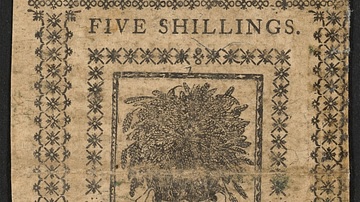
Image
Five Shillings from Colonial Delaware
A Delaware bill worth five shillings. The bottom caption reads: "To Counterfeit is Death". Minted in Delaware by James Adam (1724-1792 CE) under the authority of George III of Great Britain and Ireland (r. 1760–1820 CE). Collection of the...
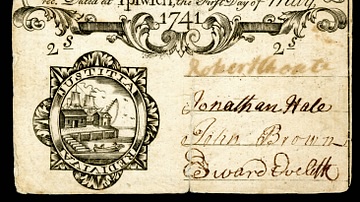
Image
Massachusetts Two Shilling Bill, 1741 CE
A bill worth two shillings, or a "2s", from the Massachusetts Bay Colony. Collection of the National Numismatic Collection at the Smithsonian Institution.
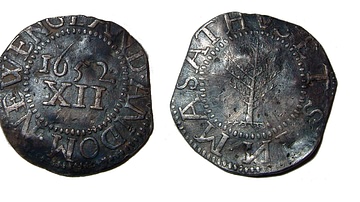
Image
Pine Tree Shilling
The silver "pine tree" shilling minted in the Massachusetts Bay Colony by John Hull in 1652.
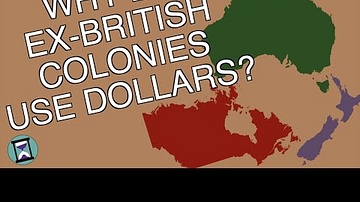
Video
Why do Ex-British Colonies use Dollars Instead of Pounds? (Short Animated Documentary)
You'll notice that many ex-British Colonies, like Australia, Canada and New Zealand don't use pounds like their former British overlords but instead use dollars. Why? What caused these nations to switch currencies and why did they prefer...